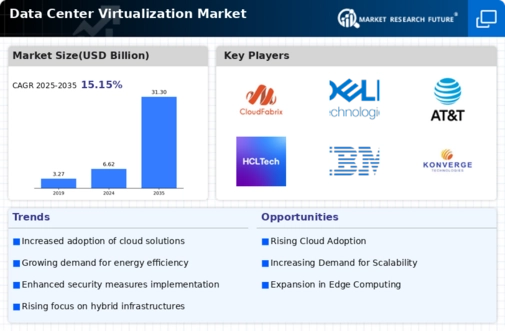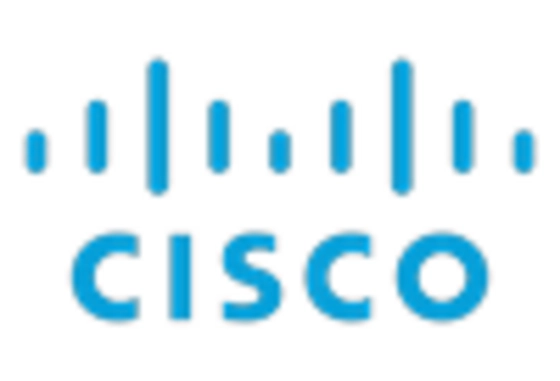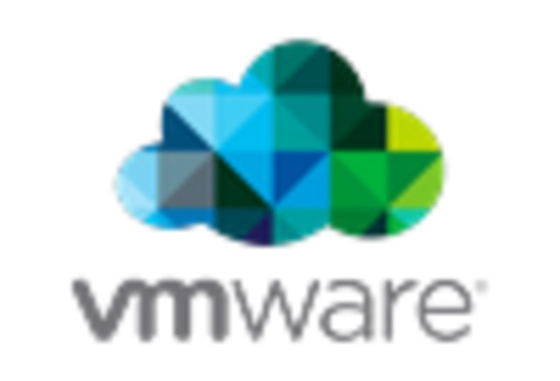Market Analysis
In-depth Analysis of Data Center Virtualization Market Industry Landscape
The Data Center Virtualization market has undergone significant growth and dynamic changes, fueled by the increasing demand for efficient and scalable IT infrastructure solutions. Data center virtualization involves the abstraction of computing resources, enabling multiple virtual instances to run on a single physical server. The market dynamics are shaped by factors such as the pursuit of cost savings, the need for resource optimization, and the constant evolution of technology in the realm of IT infrastructure.
One of the primary drivers influencing the market dynamics of data center virtualization is the pursuit of cost efficiency and resource optimization. Organizations seek ways to maximize the utilization of their IT resources while minimizing hardware and operational costs. Data center virtualization allows for the consolidation of servers, storage, and networking equipment, enabling businesses to achieve higher efficiency, reduce physical space requirements, and decrease overall energy consumption. This cost-effectiveness is a compelling factor driving the widespread adoption of virtualization technologies.
The competitive landscape of the data center virtualization market is marked by the presence of major IT infrastructure vendors and specialized virtualization solution providers. Established players often offer comprehensive suites of virtualization products, while newer entrants may focus on niche areas or provide innovative features. This competition stimulates innovation and drives the development of data center virtualization solutions that cater to the evolving needs of businesses, from small enterprises to large-scale data centers.
Technological advancements in virtualization technologies, as well as complementary areas such as software-defined networking (SDN) and hyper-converged infrastructure (HCI), significantly influence the market dynamics of data center virtualization. The continuous improvement in virtualization software, hypervisors, and management tools contributes to the scalability, flexibility, and overall performance of virtualized environments. As businesses strive to modernize their IT infrastructure, the capabilities of data center virtualization solutions continue to expand, offering enhanced features and addressing emerging challenges.
Interoperability and integration capabilities play a critical role in the market dynamics of data center virtualization. Businesses operate diverse IT environments, often employing a mix of virtualized and non-virtualized systems. Data center virtualization solutions that offer seamless integration with existing infrastructure, support for various hypervisors, and interoperability with cloud platforms gain a competitive advantage. Interoperability ensures that businesses can adopt virtualization technologies without disrupting their existing operations.
Strategic partnerships and collaborations between data center virtualization providers and other technology firms contribute to the evolving dynamics of the market. These partnerships aim to create integrated solutions that address specific business needs, such as combining virtualization with cloud services, containerization, or edge computing. Strategic collaborations enhance the overall value proposition of data center virtualization and provide businesses with a more comprehensive and interoperable IT infrastructure.
Government regulations and compliance considerations also influence the market dynamics of data center virtualization. As businesses increasingly rely on virtualized environments to process and store sensitive data, compliance with data protection regulations and industry standards becomes a crucial consideration. Data center virtualization solutions that prioritize security measures and compliance with relevant regulations gain the trust of organizations across various sectors.

















Leave a Comment